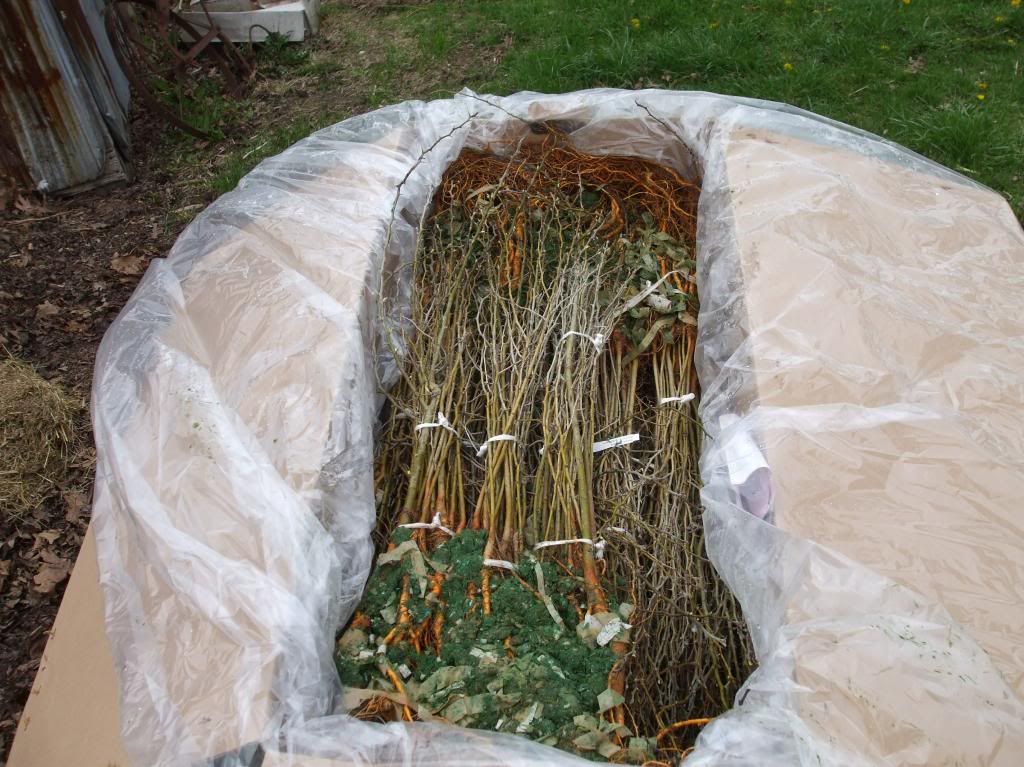I joined this forum as most of the talk on living fences seems to come from this forum. I was hoping someone here has gone down this road already. Here is what I am doing:
Along the west end of my property I will be planting a living fence this spring in order to contain cattle (mostly Dexter cattle). I will start on the corner of my property and work toward a ditch where a white board fence will replace the living fence in front of my house to the other corner of my property. The ditch is 370' from my house and I want an unobstructed view of the drive from the front of my house. I also have mature oak along the fence and currently store my firewood there, so there is no room.
I have 510 osage orange trees heading my way in a couple weeks. I also have enough plastic mulch and staples and will eventually have 2,000'+ of living fence. My plan is to plow the fence line and disc it before planting. I will place a concrete post every 250' along the property line. I will also have one gate through the fence to my neighbors field. I have searched the web pretty thoroughly and have found nobody who uses a fence constructed as outlined in Mother Earth News, which is close to what I am attempting to follow. I will be using 1-2' bare root trees from Musser forests. Missouri conservation was not selling trees this year, so Musser was the best deal I could find. I will plant these trees in a single line 1' apart. When they are tall enough I will bend the top down and bury it. I am also considering tying the bowed trees together with sisal baling twine, maybe shaving some bark so that they would grow together. The next year I will weave the new growth together, pretty much following the path outlined in Mother Earth by Ussery.
1' seems kinda close to me, but I have not found much good information on this subject. I have studied up on the way they use hedges in the UK, but they don't have the best tree for the job, the osage orange. I would love to hear about anyone that has done this and is using it as a fence. When the working osage fence is complete I will be adding another line of trees in front, making more of an edible fence, but function is the most important thing for me. My cattle went on a walkabout this winter and it wasn't fun.
I cannot find anyone who actually uses a living fence to scale on a working farm. There is a lot of talk, but I cannot find anyone who has documented from start to finish, which I will be doing for anyone later. I will document everything, and will find out if it works well or not. I need this fence to work, or else I will have to cut it out. I am sure my neighbor thinks I am a little weird, but he has agreed to let me attempt this along the property line. If it doesn't work a conventional fence will replace it.
Anything that will keep me from making a mistake will be appreciated. Here is a google earth picture of the planned fences location:


 1
1









 1
1




 1
1












 1
1








 1
1













 4
4


























 1
1




 1
1













